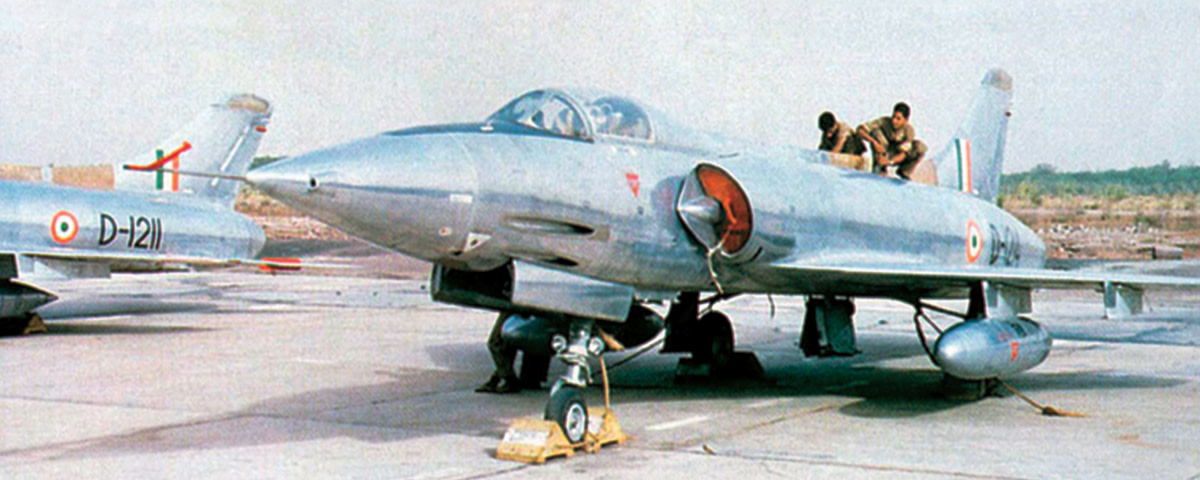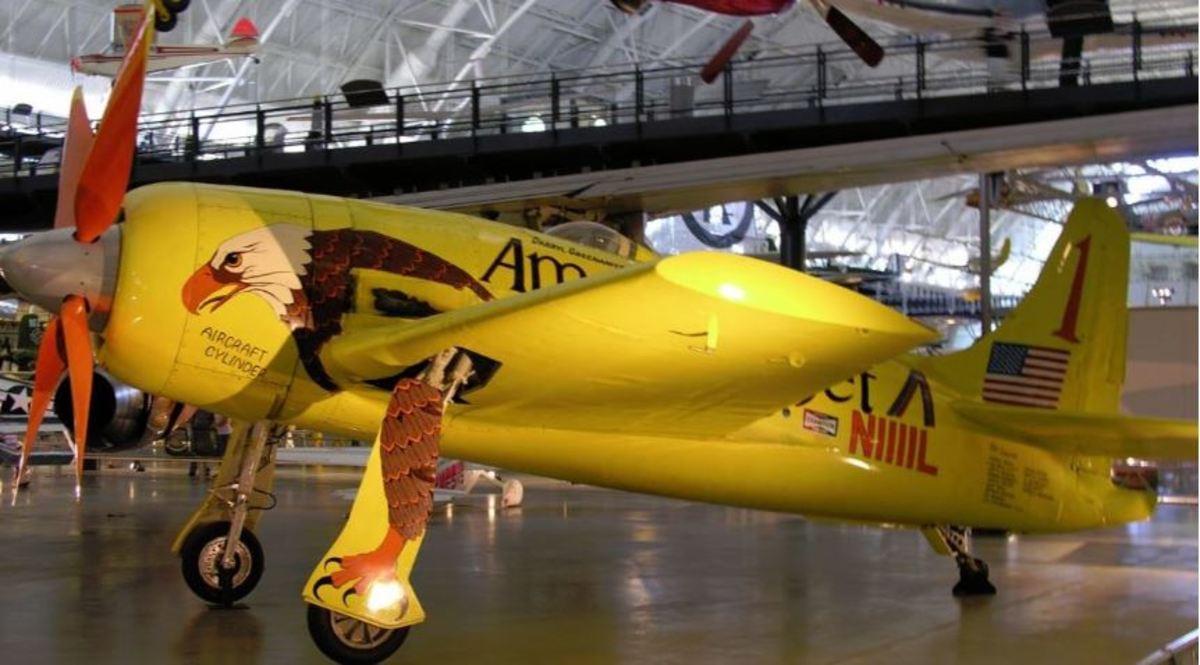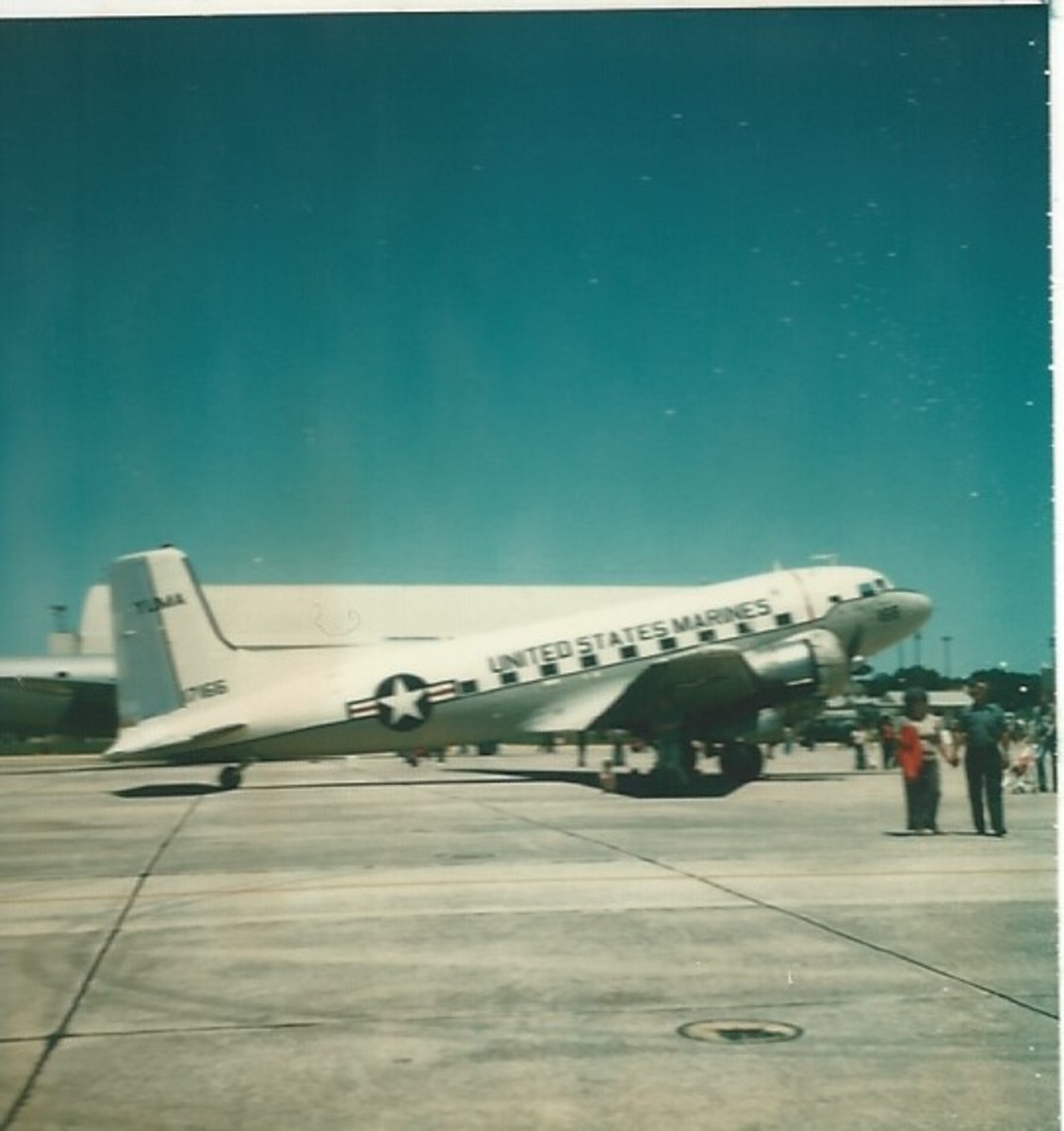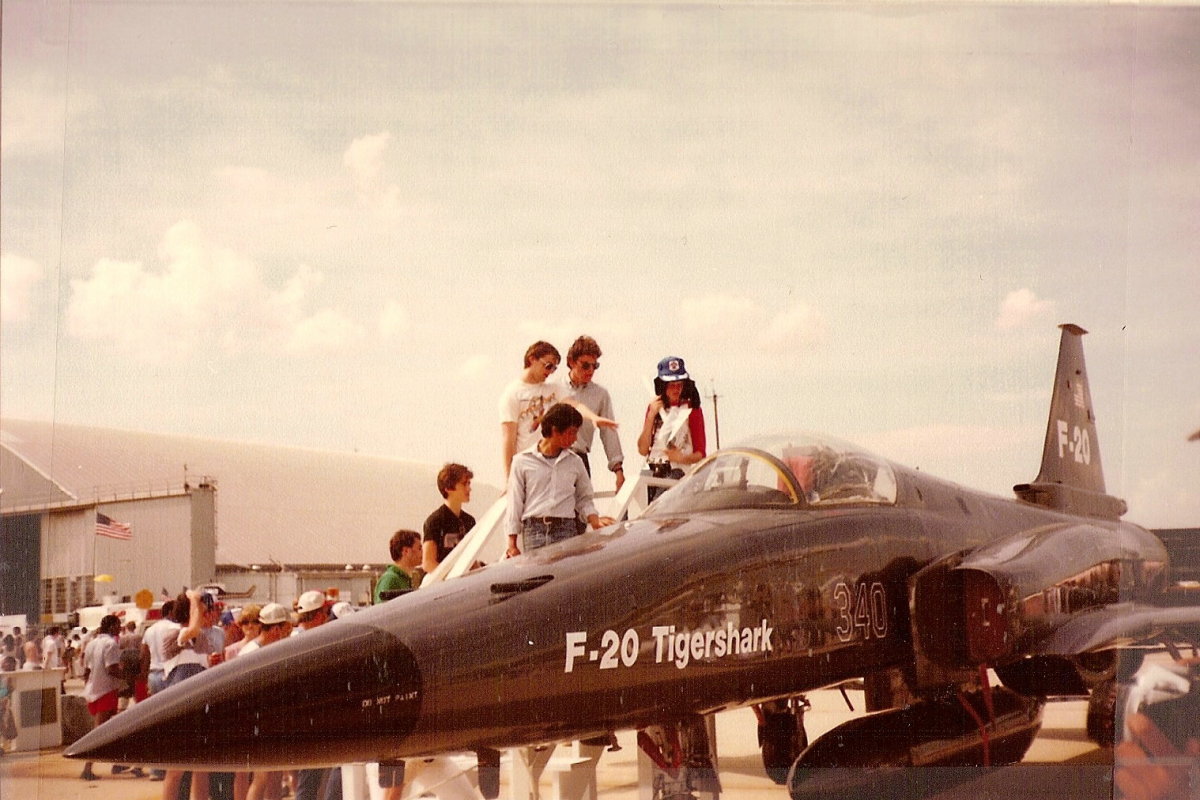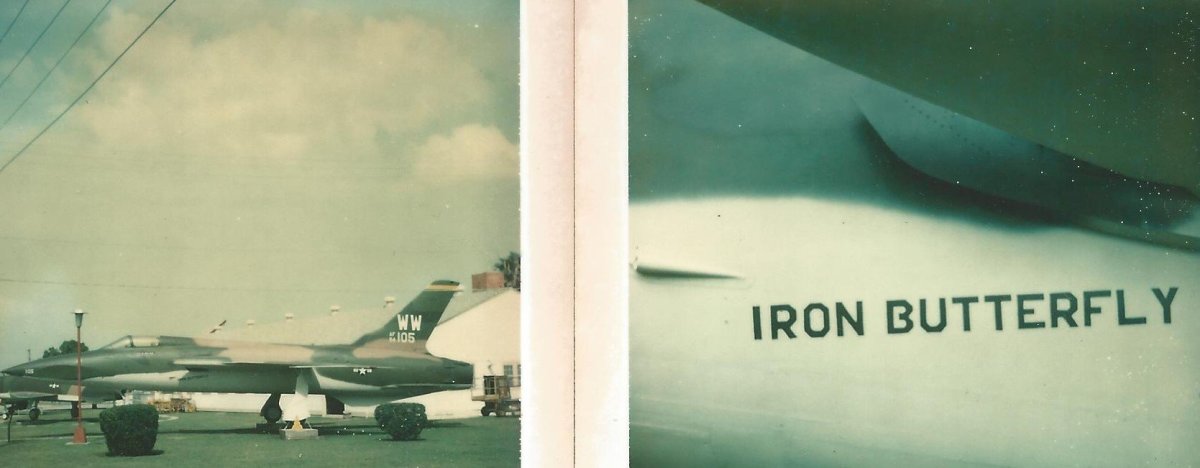- HubPages»
- Education and Science»
- History & Archaeology»
- Military History
"Twilight Zone" Episode Comes to Life: Sahara Reveals Ghostly P-40 Fighter Lost In 1942
Discovery in Sahara Desert A Remarkable Find; Pilot's Fate Still Unknown
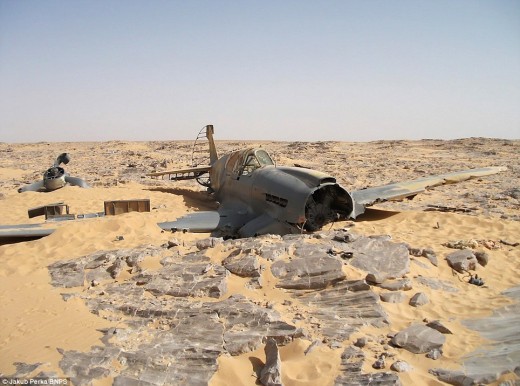
An American-built World War Two fighter plane has been discovered in remarkable shape in the Sahara Desert of Egypt, nearly 70 years after its British pilot disappeared.
The dramatic find in the desert resembles the science fiction film "Close Encounters of the Third Kind," in which ghostly World War Two US Navy TBF Avenger torpedo bombers mysteriously reappear decades later. That story was inspired by the real-life mystery of Flight 19, a routine training flight of Navy planes and aircrews that vanished without a trace over the Bermuda Triangle in 1945.
But unlike the film's fictional tale of alien abduction of young pilots in 1945, who return decades later, still in the prime of life, this drama is real; a sad tale of a young English pilot surviving an emergency landing in the desert- only to die alone and unfound in the brutal Sahara.
Jacub Perka, a worker with a Polish oil company, discovered the wreckage of a Curtiss P-40 Warhawk (called a Kittyhawk in British service) about 200 miles from the nearest Egyptian town. The aircraft still shows its British national markings. Stenciled data plates with manufacturer's information are clearly readable. The silk parachute her pilot may have used to shield himself from the sun after crashing, and for warmth on cold desert nights, is just feet from the cockpit.
Photos
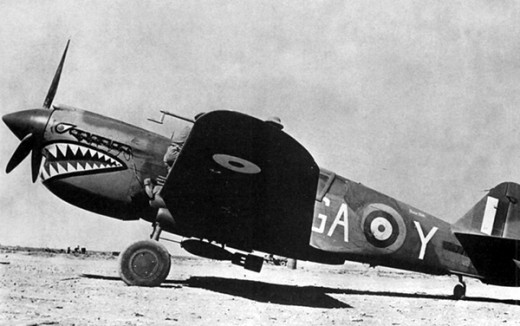
The P-40 was one of most widely used Allied aircraft in the early days of World War Two. Built by the Curtis Aircraft Company in Buffalo, New York, it wasn't the best fighter, but it was rugged, widely available, and able to be mass-produced while design work processed on more advanced models.
It saw extensive use with the American, British, and Soviet air forces, gaining fame as the mount of the American Volunteer Group in China. Known as the Flying Tigers, they copied their famous shark-mouth nose art from British pilots who originated it while flying P-40s in the Middle East.
Britain's Royal Air Force used the "Kittyhawk" in the Western Desert campaigns against Germany's "Desert Fox," Field Marshall Erwin Rommel. Among the young fighter pilots who flew the sturdy Curtiss over the Sahara was Flight Sergeant Dennis Copping of Southend, Essex, England, 24 years old in 1942.
Copping was assigned to the Royal Air Force's No. 260 Squadron. On June 28, 1942, he flew with another pilot in a second P-40. Both aircraft had been damaged and were being flown from one RAF base in northern Egypt to another for further repairs.
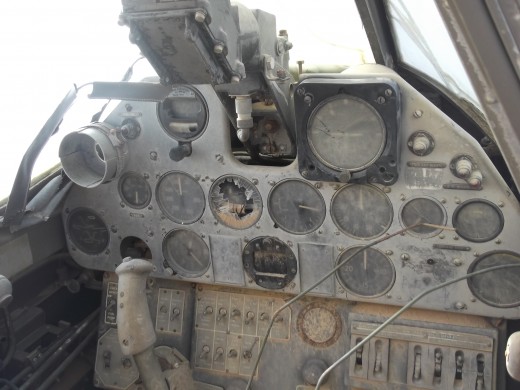
Apparently, Copping lost his way and went off course; he and his aircraft disappeared, not seen since 1942- until now.
His vanished aircraft is remarkably intact, with its original desert tan and brown camouflage paint still visible after seven decades of brutal sandstorms. The solid rubber tailwheel shows no signs of deterioration. Most of the cockpit instruments remain in place on the panel, nearly all their glass faces unbroken, untouched by vandals or souvenir hunters. A door to a pilot's luggage/storage compartment behind the cockpit remains open, as if awaiting Copping to close it and take off.
The crash site tells a sad story. While no trace of Flight Sergeant Copping's body has been found, it appears that he survived the emergency landing. Close to the Kittyhawk is a silk parachute, which he may have used for shelter against the burning Sahara sun and cold nights while awaiting rescue.
Nearby is the P-40's radio and its battery, with which Copping may have tried to seek help- that never came.
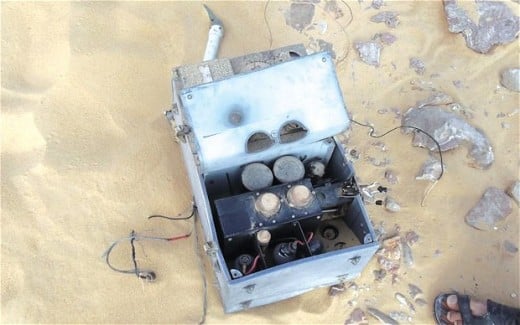
Two clues suggest what befell the plane on its last flight. Aircraft logs show the P-40 had damage to one landing gear, possibly one of the further repairs he was taking the Kittyhawk to receive. The wreck was found with the gear still in the flying position, suggesting a wheels-up crash landing.
The remarkably preserved fighter also appears to have flak (enemy anti-aircraft cannon) damage in the nose, possibly from enemy German and Italian hits that may have damaged her engine and brought her down.
It appears that Copping met a tragic fate: he survived the crash, but with little food and water, he awaited rescuers that never found him- only to succumb to the desert. His body is still missing, hinting that he he may have tried to walk to safety and perished in the attempt.
The remarkable discovery recalls that of the "Lady Be Good," an American B-24 Liberator heavy bomber found by oil company workers in the 1960s in the Libyan desert after disappearing on her first mission in World War Two. The "Lady's" crew survived a bailout, but died attempting to walk their way out of the desert. The aircraft was found in such good condition that decades after her disappearance, her guns still fired, batteries still held an electrical charge, and morning coffee hastily poured into GI canteens in 1942 was still there. Some of the crew's bodies were eventually discovered miles from the wrecked Liberator.
The story of the ghostly B-24 inspired "King Nine Will Not Return," a memorable episode of the classic TV series "The Twilight Zone."
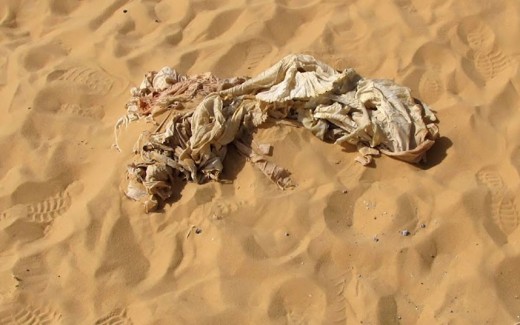
It is believed that Flight Sergeant Copping had no known relatives, but the Royal Air Force and British media are conducting a search for any remaining family members- and for his remains.
Given that the Sahara desert is full of wandering Bedoin tribes who salvage all they can find in the desert, it is remarkable that the Kittyhawk remained so undisturbed for nearly seven decades- until now.
A recent video shows Egyptians removing the ammunition "chutes" of heavy machine gun bullets (and presumably, the fighter's powerful wing-mounted machine guns) from the wings.
In the past, World War Two aircraft that have been recovered from Pacific jungles and Greenland tundras have been removed and restored for museum display; a few have even undone extensive restoration and been returned to flying condition.
But this dramatic discovery- as well as the tragic story of a young British pilots' disappearance and presumed death in the Sahara in 1942- may have international complications.
Virulent anti-Western hostility in Egypt extents to British war graves. Egyptians have posted videos of British soldiers' tombstones being desecrated near the El Alamein battlefield of World War Two. Ironically, Copping's name appears on the official British El Alamein War Memorial.
Given the political turmoil in post-Mubarek Egypt,the ultimate fate of the ghost aircraft- American-built with a British pilot, and found in unstable Egypt- is uncertain.
Rest In Peace, Flight Sergeant Copping- "Per Ardua Ad Astra."
("Per Ardua Ad Astra" is the Latin motto of the British Royal Air Force- "We Work Towards the Stars.")



